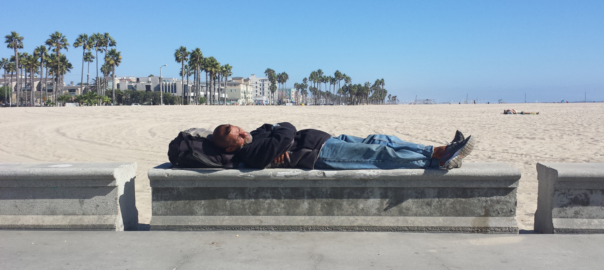Homelessness remains rampant as home prices go up. With many people losing their jobs over the unfortunate events happening globally, many are faced with limited housing options. For some, they either rent or get a mortgage, which are both expensive.
Fortunately, there are now more affordable housing options to address this problem. And this includes shared housing.
What is Shared Housing?
Shared housing involves unrelated tenants who agree to share housing costs and common spaces. This type of affordable housing option is an effective crisis response to address homelessness in the US.
That said, there is a growing number of successful shared housing programs across the country.
Shared Housing Helps Extend the System’s Capacity to Move More People Out of Homelessness
Shared housing can be seen as a stepping stone to a higher standard of living. As tenants share housing costs, this allows them to save money for their own place. In the meantime, shared housing can help more people move out of homelessness and into permanent housing.
The Advantages of Shared Housing
There are many advantages of shared housing which include:
- Availability: Shared housing programs are readily available across the country.
- Focus: Shared housing programs focus specifically on housing the homeless.
- Flexible: Shared housing programs can be flexible in nature and can adapt to the needs of the homeless, unlike traditional housing programs.
- Innovation: Shared housing programs can be innovative in terms of addressing the needs of the growing homeless population.
Shared Housing in Micro-Communities
Micro-communities are now a part of the shared housing model. It provides tenants with an option to live in a more communal and friendly environment. The concept of micro-communities is to provide housing units that are smaller but more in number. Each unit can be more affordable, and tenants can also be closer to each other, making it easier for them to socialize.
Micro-communities can be a cheaper option for housing than larger developments. This is because micro-communities can be built in smaller areas, thus reducing the need for more infrastructure to be built.
Micro-communities have proven to be a success in Hawaii, where they’re called lanai houses. They’re also popular in the Western European housing market.
Shared Housing Must Reflect the Needs of the Homeless
Shared housing must be flexible enough to respond to the needs of the homeless. This can include the types of homes, community services, and support programs. In addition to that, the shared housing should work in partnership with non-profit organizations and local government entities.
The Future of Shared Housing
Shared housing is changing the way social services approach homelessness. It’s a successful model and can be a stepping stone to moving people out of homelessness back into permanent housing.
Wrap Up
Shared housing has been a successful model for getting people out of homelessness and helping them move into permanent housing. It’s a partnership among the government, corporations, and nonprofits to offer affordable housing options to the homeless. In the long run, shared housing will help reduce the homeless population across the country.
Are you looking for shared housing in Stanislaus County, CA? Stayhaven Homes provides affordable and specialized housing. Our properties and services are of the highest caliber in the city. We are committed to safe, affordable, all-inclusive living environments. Get in touch with us.

